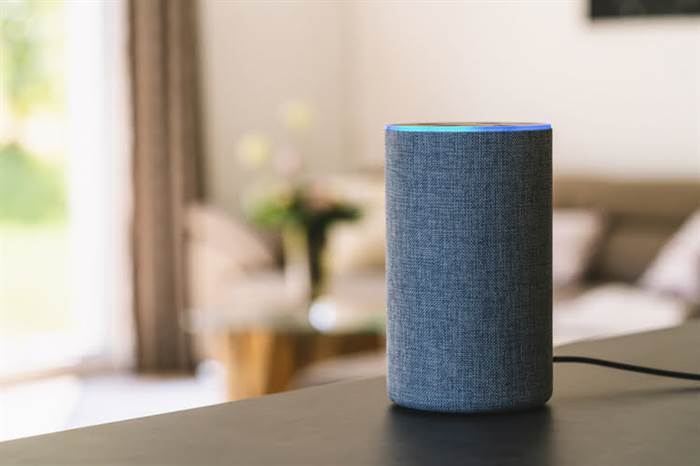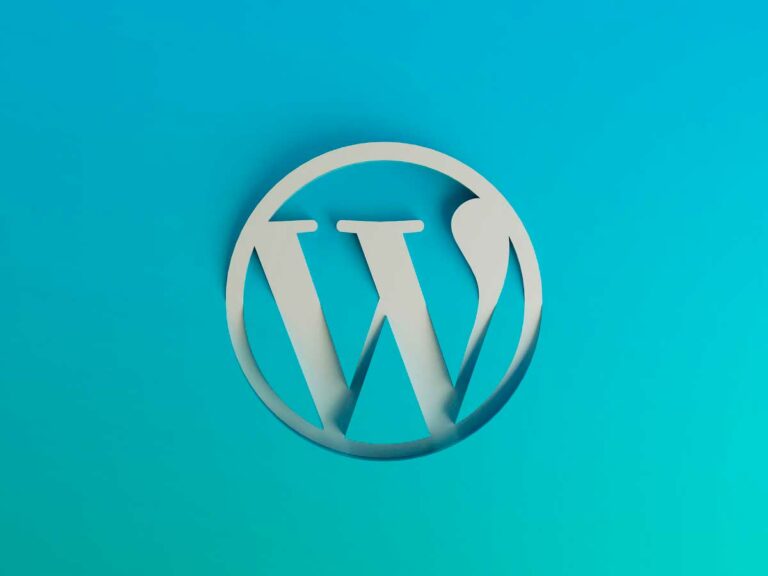PWA vs Native App 2022: Which Suits You Better?
This feature allows businesses to engage their audiences by sending relevant push notifications about promos, coupons, updates, and security alerts. Developing a progressive web app will cost somewhere around $3,000 to $9,000, while developing a native app will cost $25,000 or more. Whether you click a link to a PWA using a smartphone or tablet running iOS or Android or using a computer running Windows or Mac, you’ll get a workable website.

Studies show the app performance is something very important for most users. As it was mentioned, PWAs let consumers reach your product regardless of a device or OS they use. In turn, you attract the target audience and spend less time and money to build a PWA compared https://www.globalcloudteam.com/ to applications development services. This fact alone makes such apps a great solution for business as they provide an adequate return on investment. The key advantages of progressive web apps include cost-effectiveness, independence from app stores, and easy updates.
Disadvantages of Native Apps
You can SEO-optimize PWAs as usual websites to engage customers through organic search and boost your credibility. If you are only making the first steps in your app development journey, it’s really hard to decide what type of app will work best for your business. Native app and PWA are two options to deliver a seamless experience for users with different strengths and weaknesses.

Hard to debug – RN apps are built using JavaScript, Kotlin/Java, and C++, making debugging more difficult. However, the RN community is recently enabled Flipper tool support to help with the debugging process. That said, it may require a developer to have an in-depth understanding of the native technologies and web development for easy debugging.
Traditionally native features that PWAs can also use
In simpler terms, PWAs are websites that behave like native apps. They offer a wide range of functionalities, such as offline access, push notifications, and device hardware access, just like a native app would. However, unlike native apps, PWAs don’t require any downloads or installations from an app store. Users can simply access them through their web browser and enjoy an app-like experience on their mobile devices or desktops.

And progressive web apps (PWAs) are perfect for quickly migrating desktop experiences to mobiles. The dumbed-down definition of a native app is a mobile application that can be downloaded from an app store, e.g., App Store, Google Play, or Galaxy Apps. However, you can download native apps just as easily virtually from anywhere on the internet. Plus, Google has already piloted a technology that accepts PWAs into Google Play. In that regard, the Android operating system no longer gives priority to a native app vs PWA apps.
Benefits of Native Apps
No wonder the concept of writing one app to run on all platforms and is managed by one common code is… Building PWAs, on the other hand, is easier and costs less as it is essentially a web app designed to function like an app on any mobile, irrespective of the platform. Google has introduced a PWA variant of its Maps application, specifically designed to cater to smartphones with limited bandwidth and computing capabilities. An exceptional advantage of this PWA is its offline availability, enabling customers to peruse the menu and add items to their carts even when they lack internet connectivity. When connectivity is restored, they can promptly return and finalize their orders.
- Your application must meet all the requirements to be made available to users, and you must ensure it remains compliant while it is available on the app store.
- You can spot a 100 percent cross-platform app if you see UI elements that belong to a mobile website (like a dull spinner) or weird menu options you used to see on older phones.
- With a native app, in addition to having to build separate versions for every platform, you will also need to submit them to various app stores, maintain store listings, and manage user reviews.
- With a URL, visitors can access and share the app with their friends too.
- On the other hand, PWA bypasses the cumbersome App Store requirements.
In 2017, apps alone make up 57% of all digital media consumption. Statista predicts that this year smartphone users will download 48+ billion more apps than in 2016. Moreover, you receive (almost) instant loading times, top-level full-screen presentation without an URL bar, and offline functionality.
Progressive or native app: Decision-making criteria
Instead of developing an app from scratch, you can configure your current website with help from tools such as Google Lighthouse. With responsive design, you just need one version of the app, and it will display in an identical manner on all devices. When a user visits a website more than two or three times, it signifies that they may be interested in viewing more content from the specific page.
However, they don’t provide the best user experience and high performance, and may be unable to utilize all the unique features of an operating system or device hardware. While they are suitable for creating a minimum viable product, there may be better choices for full-fledged digital products. Like native apps, hybrid applications are distributed through app stores, so they must meet their requirements and may be at risk of being removed progressive web app vs native app without notice. Then there’s native mobile apps, that users can download from the app stores and add to the home screen of their mobile devices. Apps are a better mobile UX, and can harness the features of the device more effectively, although they are traditionally expensive and time consuming to build. Native Apps are written to run on mobile devices, providing enhanced performance and a broader scope of features compared to PWAs.
Cost of development: Lower cost for PWA
These are messages delivered through an installed application to user’s devices, mobile, or desktops. They alert your users on new stock arrivals, sales, or other news. You need at least two development teams to build a project from scratch for each platform. Thus, you can ensure that both Android and iOS users will utilize your mobile app. Moreover, the final product requires constant updates and maintenance on two different OS.

But today, the PWA technology has become an alternative solution for businesses of any size to engage with active mobile users. However, Native Apps have primary access to all the device’s hardware and software features. That said, it’s much easier for a developer to implement the best security algorithms such as two-factor authentication.
Storage, Data, and Power
Native App – The operating system can be integrated with the native app to access features and functionality. While accessing native apps users can use the camera, GPS, or notification system. A PWA is a web app that offers native-like features, improved performance, and offline access. An SPA is a web app that loads a single HTML page and dynamically updates the content as users interact with the app. While PWAs can include SPA-like functionality, they also provide additional features not typically found in SPAs.
